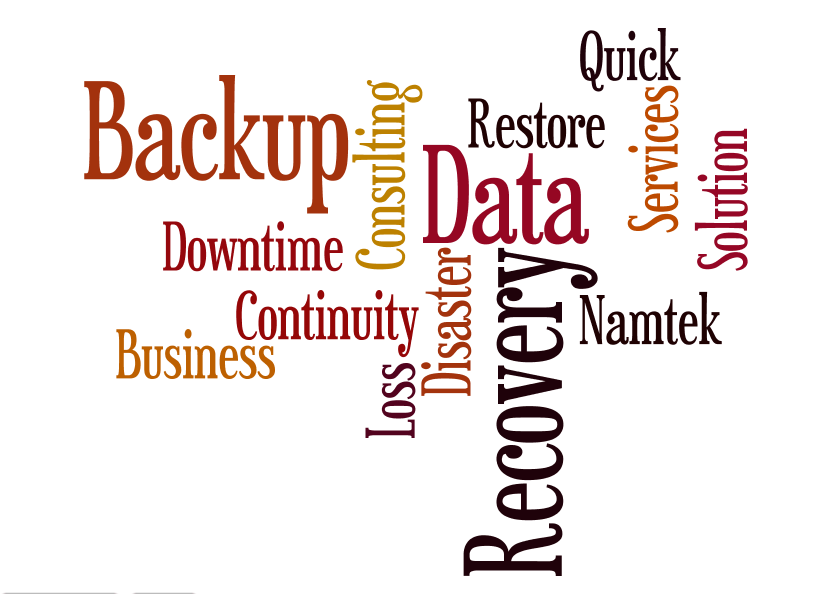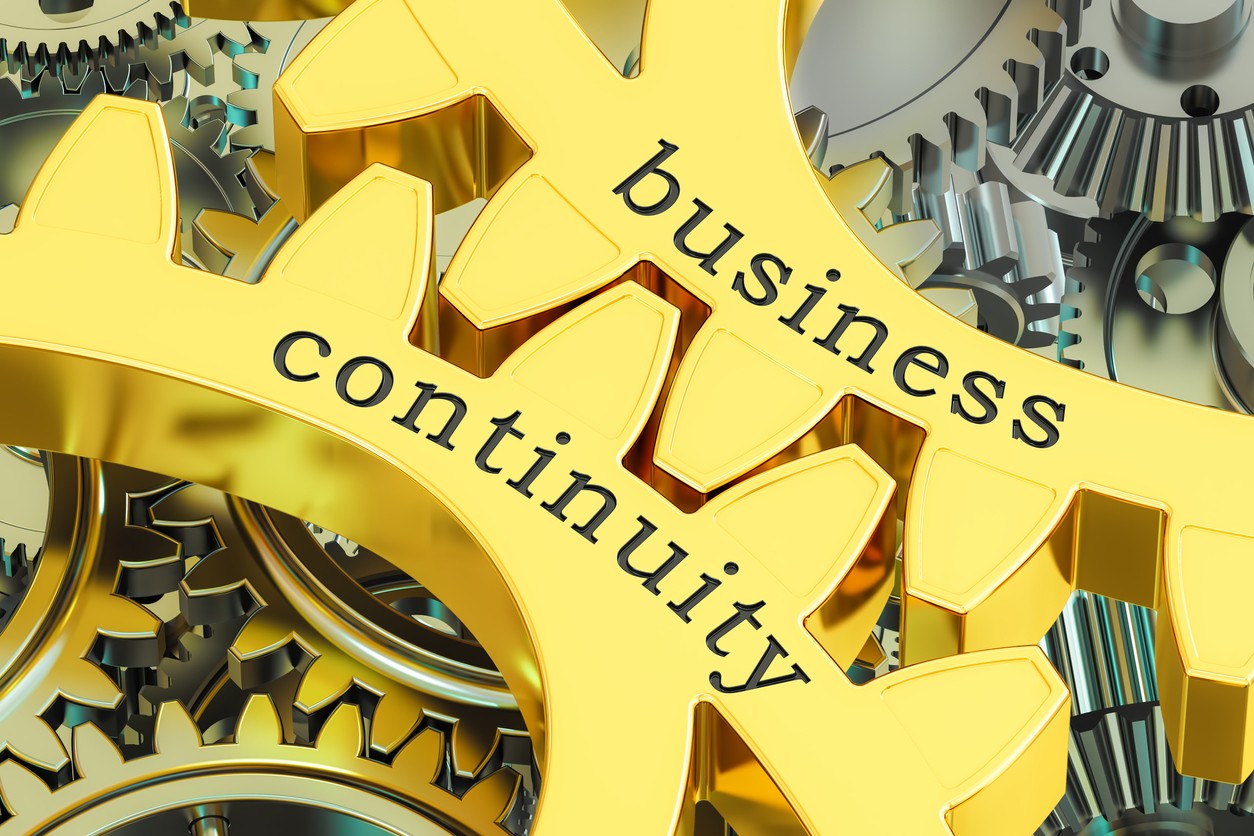Data Restore and Disaster Recovery: Is your business protected?
Data Backup
 Data backup is one of the oldest processes to copy data files, archive it and keep it on a safe medium (tape, drive…) where it can be recalled and re-used in the event of data loss due to a defective computer equipment or other types of disasters or cases of data corruption. This process of backup and archive has been used and reused for a long time in all different sized companies. IT personnel got accustomed to this process as the only means to secure their data and protect it against loss due to disasters.
Data backup is one of the oldest processes to copy data files, archive it and keep it on a safe medium (tape, drive…) where it can be recalled and re-used in the event of data loss due to a defective computer equipment or other types of disasters or cases of data corruption. This process of backup and archive has been used and reused for a long time in all different sized companies. IT personnel got accustomed to this process as the only means to secure their data and protect it against loss due to disasters.The traditional backup process originally used to be on tapes. The tape drives are still very expensive, not to mention the cost of the tape itself. Considering the fact that a company would keep a cycle of 5 daily backups, 4 weekly backups and twelve monthly backups a year, some cost calculations would show just how expensive this traditional backup is in terms of the cost of the tapes (an average of 22 tapes for a typical backup plan) and the licences of the software that handle the backup, commonly billed by backup agents.
Even with all of these high costs, companies still find themselves with backup limitations. The storage capacity that a tape could provide is limited and the bigger the size, the more expensive it can get.
Data Restore
Data restore is the process of recalling the data from the archive and restoring it for usage. Normally, data restore happens in either one of these two cases:
- Either the data has been corrupted, so the user needs to get a good copy of the data from the last backup version
- Or the computer equipment (server or PC) is not functioning therefore we need to call back the data from the archive and restore it on a new hardware equipment.
Disaster recovery by restoring data files
Data security through a backup process is very common within an enterprise; however it has many limitations and constraints:
- Data backup is software and hardware dependant
- Takes time to recover in case of a major disaster, whether it be a hardware failure or natural disaster
- Limited by the speed and the capacity of the medium of the backup (tape, drive…)
- Requires a considerable amount of human intervention which increases the chance of errors (insert the tape, remove the tape, insert the wrong daily or monthly tape…)
- Requires a lot of time and effort to simulate a restore: most of the time, due to budget constraints, small and mid-sized enterprises don’t request a backup/restore simulation, so when an unfortunate situation occurs, it is only then that they realize the backup tapes were not valid or no backup was really happening. Continuously checking and proving that the backup is working properly through simulation is extremely important, however because many SMEs rely on this traditional backup/restore method as their disaster recovery plan without testing it on a regular basis, they lose their data and incur downtime.
- Restoring data files, system state, databases and mailboxes is great; however it is a long and tedious process, where, most of the time, system administrators are faced with hardware limitations and driver issues when recovering and restoring data to a new hardware platform in a disaster situation.
Business Continuity
A Business Continuity solution is a solution that offers data backup, restoration, and disaster recovery through the latest and most secure methods. The list of limitations mentioned above does not apply to this solution. It has the ability to resume business in a very short amount of time with minimal loss of data. I will tackle the features of the ideal business continuity solution and how to find the right one for your business in another blog, so stay tuned.
Protect your business
 In today’s business environment, it is very clear that businesses cannot afford to incur downtime, not even for an hour. Whether it is a small, medium or large corporation, downtime caused by a hardware malfunction or natural disaster is not an option. Every business depends on its systems; so better have it well protected, in order to assure a quick continuity.
In today’s business environment, it is very clear that businesses cannot afford to incur downtime, not even for an hour. Whether it is a small, medium or large corporation, downtime caused by a hardware malfunction or natural disaster is not an option. Every business depends on its systems; so better have it well protected, in order to assure a quick continuity.










